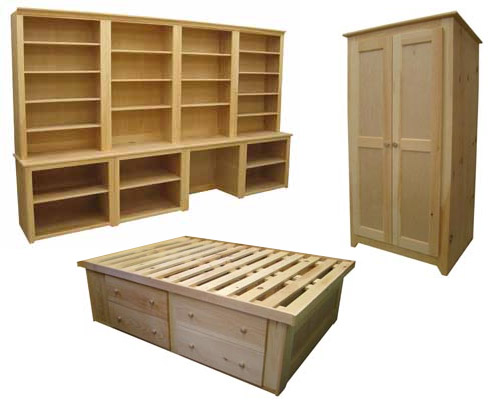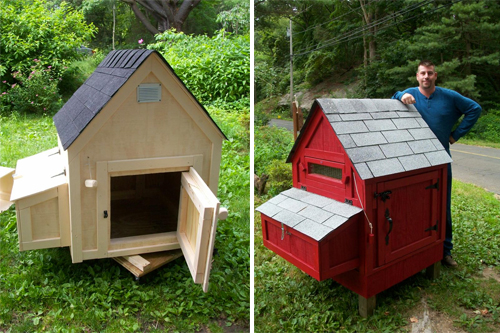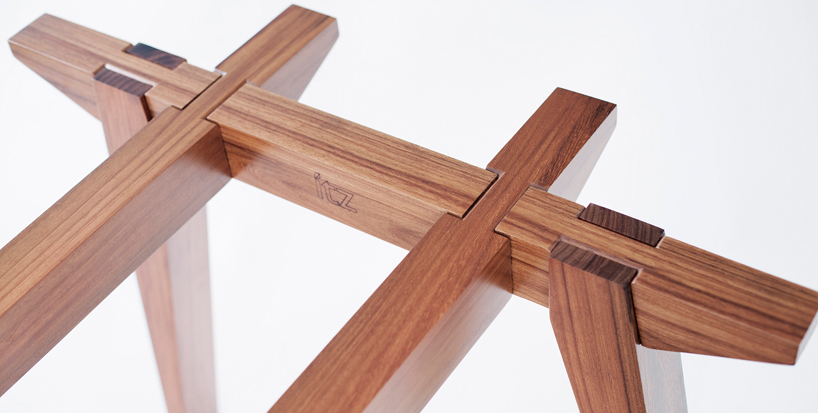
Sculptors, millworkers and other craftspeople creating finely detailed projects in wood often choose Eastern White Pine over other species. Here’s why.
Among the most widely used species for construction in the United States, Eastern White Pine is unique because it’s a softwood with an extremely fine texture, but low resin content compared to other pines and softwoods – so you won’t have nearly the same problems with sticky messes on your workbench or tools. It has a straight grain and even texture, so sculpting tools push through it like butter. It also glues together well.
As it ages, Eastern White Pine takes on a prized pumpkin tone on the outside, but maintain a creamy white interior. That contrast gives wood carvings depth, even when you don’t stain them.
Whether you’re building a custom mantelpiece, a birdhouse or a whittled sculpture, your best chance at success comes with practice, getting to know the wood and working with its characteristics. Choose high-grade (C-select) wood with minimal pin knots and uniform color and let the wood acclimatize in your home or shop for a few weeks.
The wood’s soft nature means it can be crushed instead of sliced if your tools aren’t sharp, so keep an eye on them, and clean the blades or cutters as needed with a nylon bristle brush dipped in solvent. If you create a small unwanted dent in the work process, place a damp cloth over it and cover it with a hot iron for a few seconds to fluff up the fibers.
Check out some more tips for finishing Eastern White Pine, along with some of these cool creations:
3 Woodworking Craft Projects You Can Make with Eastern White Pine
Eastern White Pine Houses for Feathered & Furry Friends
Hyper Realistic Sculptures Carved from Eastern White Pine
Life-Sized Canoe Sculpture Made of a Solid Block of Eastern White Pine















